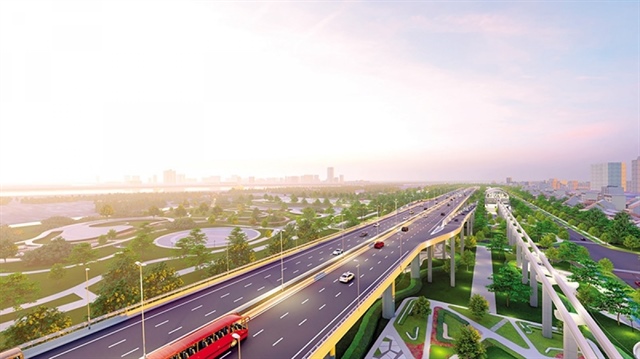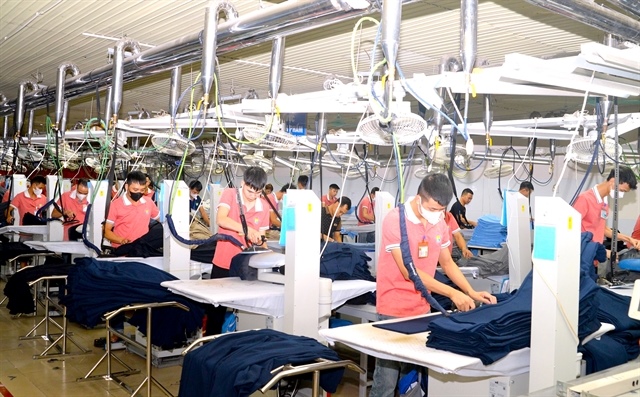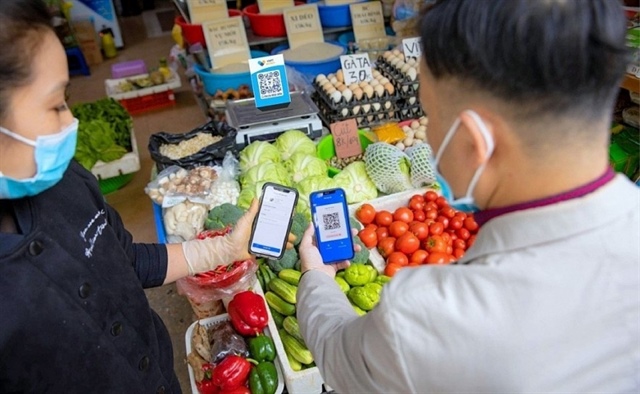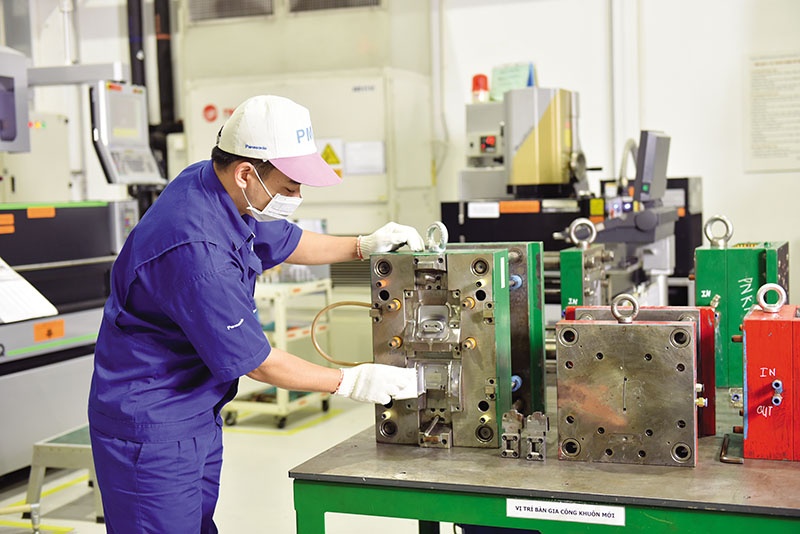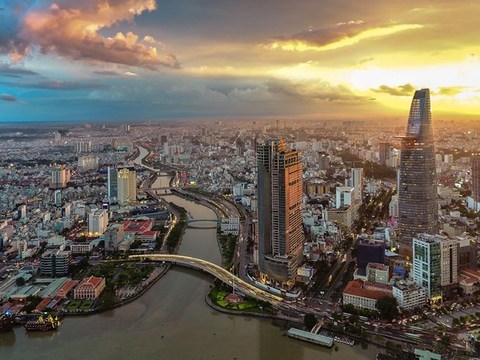Foreign Direct Investment needs new approach
Foreign Direct Investment needs new approach
For the last many years, Vietnam has been in a quandary as to how to approach all Foreign Direct Investment (FDI) projects, and how best to take advantage of the opportunities they offer.
Illustrative photo. |
It is time now to review and revise how to plan and attract future FDI projects into the country and how best to benefit from them.
State of uncertainty
After nearly forty years of economic reforms introduced through the Doi Moi policy, Vietnam has now a robust open economy and is attracting large amounts of investment capital from outside the country. FDI projects have made great contributions to the state budget, helped in alleviating poverty besides ensuring more jobs and better social security. The FDI sector is also a key driver of export growth, bringing "Made in Vietnam" goods into the global supply chain. Over 70% of Vietnam's export value is covered by the FDI sector, and millions of workers have jobs in foreign invested companies.
Vietnam is still a processing base with factories that use unskilled workers such as in the textile and footwear industry, and till now 67% of raw materials and machinery is imported from abroad. The added value created is therefore not large enough and the technology used is not advanced, along with a much lower level of management. Some FDI enterprises also cause a lot of environmental pollution and take advantage of local government incentives but do not contribute to losses incurred. They also snatch businesses, indulge in crafty mergers and acquisitions, and if all these actions are not brought under control, they will certainly affect the economy of Vietnam.
In the last few years, foreign investments flowing into Vietnam have increased sharply. This is both a good thing and also a worrisome situation. The impact of the US-China trade war and the lengthy period during the Covid-19 pandemic drove many investors towards new markets and supply sources. China is considered the world's production factory that provides most of the raw materials to keep the global supply chain in motion.
However, the Covid-19 pandemic disrupted global activities for more than two years which led to several multinational corporations moving their production from China to other developing countries. Among the ASEAN countries, Vietnam has the advantage because of its close proximity to China, favorable geopolitical location, abundant labor force, and a relatively large land space. Vietnam is now well positioned to take advantage of the opportunity to receive huge investment capital for production.
However, what we need to note is that the shifting investment capital flow is not high-quality capital with large added value but is low-quality investment which is quite labor-intensive with low and outdated technology. The added value is not large, and it is not environmentally friendly either. Without the right policies and filters, we will most likely become a dumping ground for inappropriate technologies. This requires that our upcoming policy in attracting FDI investments must be well screened and highly selective.
Production shortcomings
There was a time when we suffered from over-confidence in assessing the investment environment, absorption capacity, and competitiveness of the economy. Now, foreign investment is pouring into Vietnam, because foreign companies need to diversify investment and shift supply chain sources. Currently, Vietnam seems a fertile ground for foreign investors to make a restart post-pandemic. However, there are several shortcomings in production. For instance, in the electronics sector, even electronic chips or iPhones and iPads that are made in Vietnam are still only assembled, while there is no processing in the production of textiles and shoes either.
Vietnam's support industry is still heavily dependent on neighboring markets, such as China. But the requirement of the new generation of free trade agreements such as the Comprehensive and Progressive Agreement for Trans-Pacific Partnership (CPTPP) and the EU-Vietnam Free Trade Agreement (EVFTA) is that our goods must meet very high demands in terms of labor, environment, origin of products or raw materials.
Therefore, now is also the time for us to attract support industry enterprises from other countries into Vietnam. At the same time, it is necessary to improve the capacity of domestic Small-to Medium Enterprises (SMEs) to be able to become subcontractors for transnational corporations. Without developing the support industry, Vietnam will forever be just an outsourcing and assembly economy, and unable to overcome the middle-income trap.
Vietnam’s advantage is that the workforce is young, dynamic, industrious, and hard-working, although not yet organized as high-quality labor. On the other hand, the golden population era is also coming to an end. Therefore, the question has been raised a lot in the last few years and even now, as to when our economy be able to catch up with neighboring countries such as Malaysia and Thailand.
While these two countries have not yet escaped the middle-income trap, Vietnam needs a different approach to avoid this trap. This is to say that labor productivity must be high to create great surplus value. High labor productivity must have a good scientific and technology foundation, good policies, and a strong and uniform support industry. However, Vietnam's labor productivity is currently very low, even lower than many countries in ASEAN.
Vietnam needs to study the labor force to understand the quality of our current economy, and then choose the appropriate FDI project accordingly. To prepare for high-quality capital flow, we must first of all prepare a good institutional foundation. Transparency in institutions is necessary to ensure and meet the very high requirements of labor and environment as new investments flow into our country. In addition, it is necessary to prepare the basic infrastructure such as in logistics, transport infrastructure, and digital technology, so that we can receive new investment capital that would be most suitable for the country.



